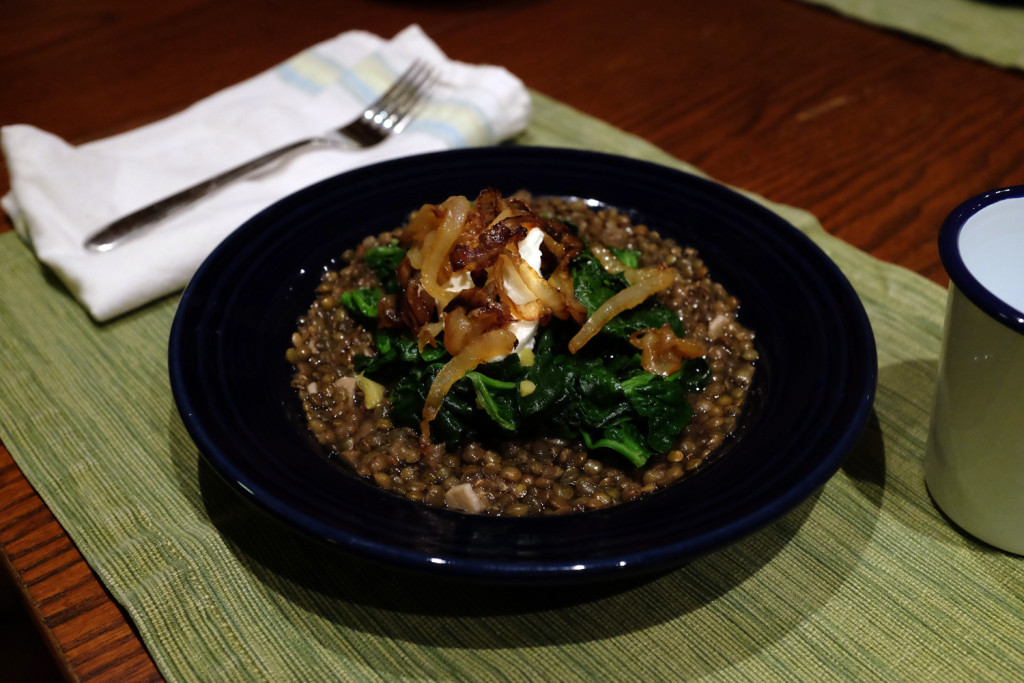I learn from Elif Batuman’s blog that the Muskogee, Oklahoma, Phoenix has included in its review of Keith Gessen’s novel All the Sad Young Literary Men recipes used by actual graduate students. Keith himself, evidently, was unable to provide one, suggesting that while he was a student he subsisted largely on black bread dipped in pasta sauce, which he described to himself as “pizza.” The reporter contacted several writers who at some time in the recent past were penniless, and Elif notes that “the sad young literary men didn’t really provide any recipes . . . , while the women all came through.”
One is tempted to compound the essentialism of Elif’s critique by raising the question of sexual orientation. At one period during grad school, I fantasized about writing a book about how to eat on no money a week, because I seemed to know so much about it (and so little about anything else). It’s probably just as well the book never got written, because part of it was going to include such advice as “Find out when the dollar night is at your local Burger King; in my neighborhood it’s Tuesday,” which is not really advice I would offer any more, and not just because I’m now a vegetarian. I also had an awful recipe that I liked very much at the time, which consisted of putting a gob of peanut butter and a sprinkle of soy sauce onto some just-cooked spaghetti, and mashing it up and telling myself it was “sesame noodles.” For a long time I carried around a long disquisition in my head about how, if you only had two dollars to spend at the grocery store, you should buy a jar of generic peanut butter and not a jar of generic pasta sauce. I’m afraid I no longer remember the premises or the logic that led me to this conclusion.
But there is a recipe that has survived from that era into this one; it was taught to me originally by my sister. It’s pretty cheap—not as cheap as fake sesame noodles, and not as cheap as pasta sauce on bread, but pretty reasonable, and much better for you than either of them. Herewith . . .
Rice and Beans
Make rice, the way the box tells you to, so that you’ll end up with between two and three cups of cooked rice. (If you make white rice, go through the rest of this recipe presto; if you make brown rice, go through it andante.)
While the rice is cooking, slice and fry an onion.
Chop a green pepper, and peel and chop three garlic cloves. Add them to the onion mixture, along with a shake each of salt, pepper, and cumin, and two shakes of chili powder.
Once the onion has started to brown, add an undrained can of black beans. Stir; cover; simmer. Add water if it starts to look too thick.
While the rice and beans are separately cooking, prepare as many of these toppings as you feel like or can afford: chopped cherry tomatoes, washed and chopped cilantro, shredded cheddar cheese, and pitted green olives.
Once the rice is finished, add a shake of oregano and a splash of red cider vinegar to the bean mixture and stir. Serve the rice in individual bowls with the beans ladled on top. Add the tomatoes, cilantro, cheese, and olives as desired/afforded. Makes enough for two grad students, or for one who hasn’t eaten since breakfast. No good the next day, so eat it all now.
Of course lentil soup remains the Grundrisse for all serious intellectual work in the late twentieth and early twenty-first century.

